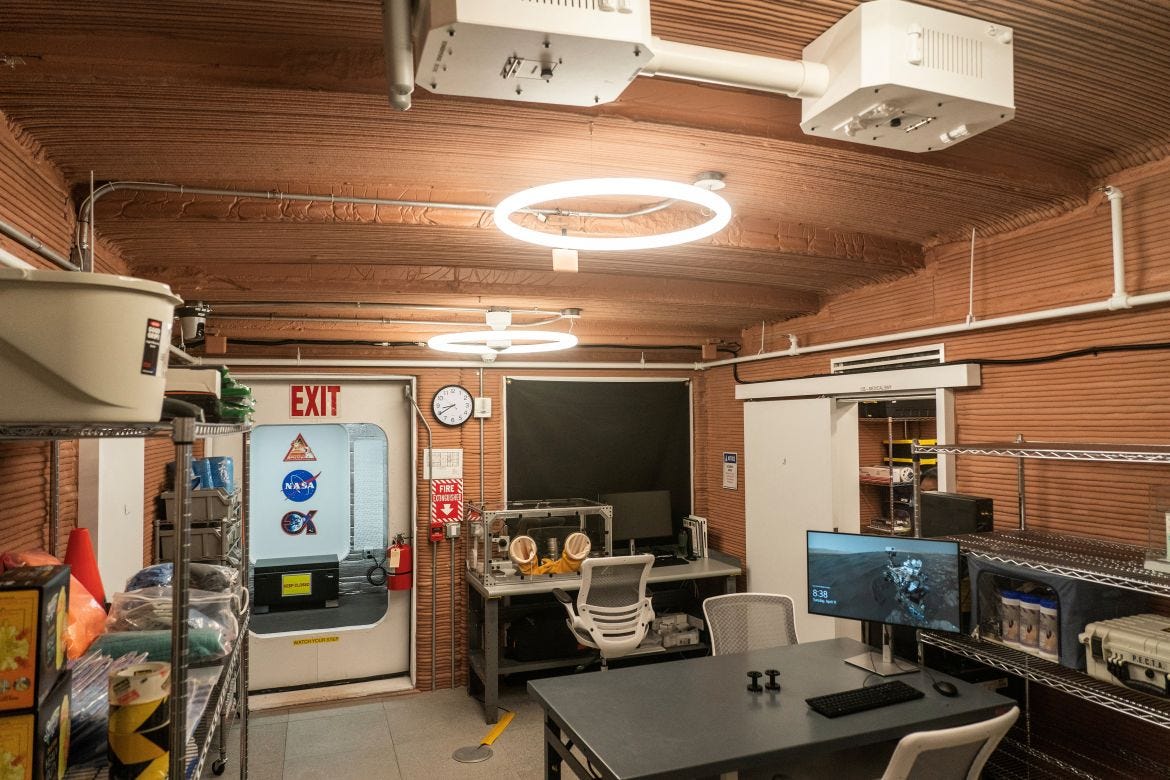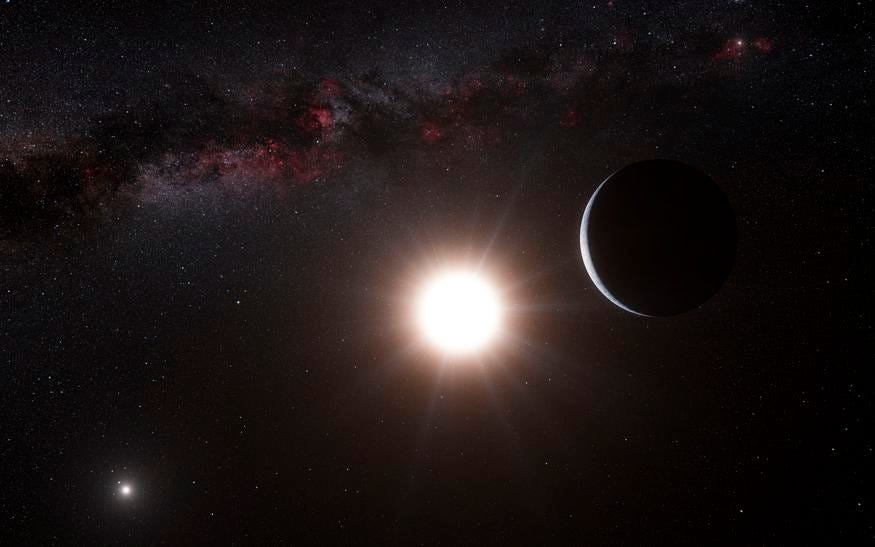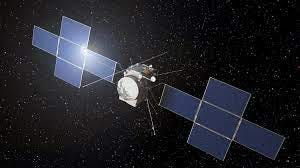NASA unveils new Martian habitat for human ventures to the red planet and more
Weekly Space News - Quick and Easy
NASA unveils new Martian habitat for human ventures to the red planet
NASA recently unveiled the Mars Dune Alpha, their latest Martian habitat designed to support astronauts' living and working conditions on Mars. This innovative 3D-printed structure aims to replicate Mars' atmosphere for long-term testing on Earth. It includes essential features such as two bathrooms, a vertical farm for salad cultivation, a medical care room, a relaxation area, and workstations. In an effort to study the impact of long-term isolation, four volunteers will undergo trials in the habitat, while experts monitor their physical and mental health.
Mars helicopter completes its 50th flight
Launched in July 2020, NASA’s Ingenuity Mars helicopter made its first flight 9 months later on April 19th, 2021. Ingenuity was designed to be a technology demonstrator to show that such a vehicle could fly safely on Mars. The expected life of the helicopter was around 31 days originally but it exceeded that limit long ago. It recently completed its 2nd year on Mars. Last week it completed its 50’th flight on the red planet. This adds a new achievement under Ingenuity’s belt.
Scientists discover massive new exoplanet using new method
Scientists recently discovered a huge exoplanet that is so massive that the term "planet" doesn't quite capture its size. Named HIP 99770 b, this new celestial body is actually a brown dwarf, which is larger than a planet but smaller than a sun. It is a whopping 16 times bigger than Jupiter and is situated 133 light-years away from Earth. The discovery of this massive exoplanet was made using a combination of direct imaging and precision astrometry, which involves measuring the positions and movements of stars and celestial objects in space.
ESA launches new mission to discover the secrets of Jupiter’s moons
Last week ESA launched its new Jupiter Icy Moons Explorer (Juice) mission to space. The Juice mission is designed to orbit and explore 3 of Jupiter’s moons. Namely Europa, Ganymede, and Callisto. The main target however will be Ganymede.
Astrophotographer captures solar waterfall
Last week an Argentinean astrophotographer captured a rare phenomenon on the surface of the sun called polar crown prominences (PCP). A polar crown prominence (PCP) is like a huge wall made of super-hot gas that shoots up from the surface of the Sun and then falls back down because of the Sun's magnetic fields. This is what gives it its nickname: solar waterfalls. This particular solar waterfall rose approximately 100,000 km above the sun’s surface.






